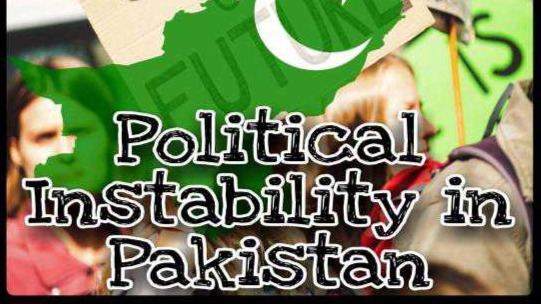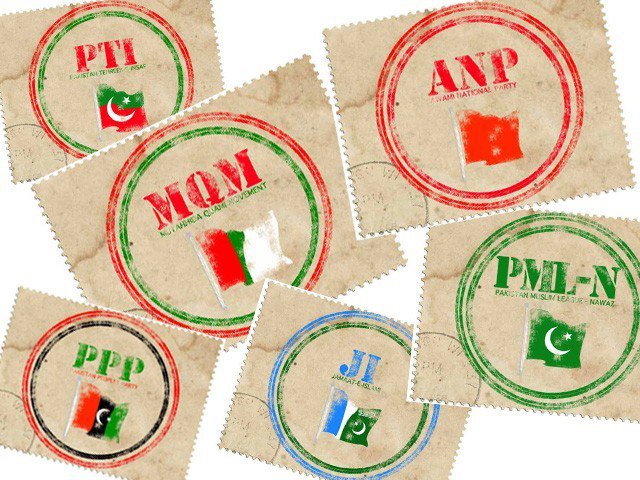The rising political temperature in Pakistan in recent times is a predictable part of a broader pattern. In Pakistan, the situation of political instability is getting worse. It is not the result of coalition disputes, and it affects even regimes with good majorities, such as the one in place now. A conflict of institutions between elected governments and the military or judiciary is typically the catalyst. Not only the former but also the system begins to become vulnerable. It’s uncertain if the transition will occur by legislative means or through the whims of powerful institutions.

Vicious Cycle of Instability:
Pakistan is trapped in a vicious cycle of instability caused by an unpredictable political climate. Pakistan is in debt to the tune of 107 percent of its GDP due to political instability. Pakistan’s political instability has pushed 40 percent of the country’s population into poverty.

Drawbacks of Political Instability:
In Pakistan, political unrest has caused 71 percent of Baluchistan and 49 percent of Khyber Pakhtunkhwa to live in poverty on several levels. Consider this: poverty affects more than 90% of the population in Qila Abdullah, Harnai, and Barkhan (all in Balochistan). Political unrest has a negative impact on development by slowing productivity growth. Three, political turmoil harms the outcome by slowing the accumulation of human resources.

